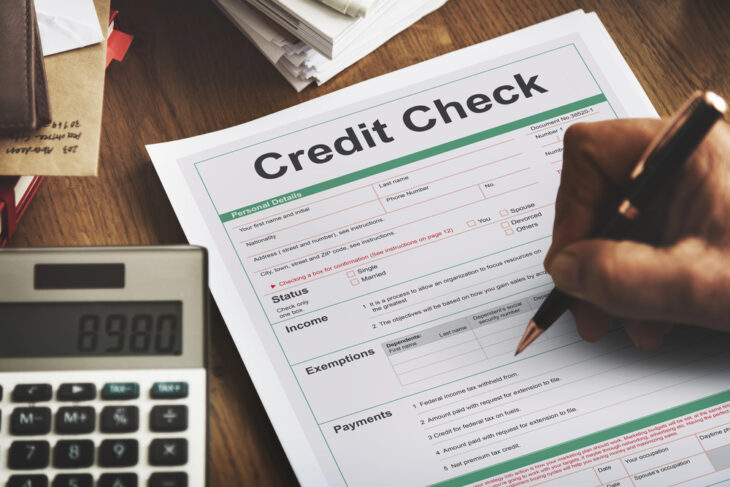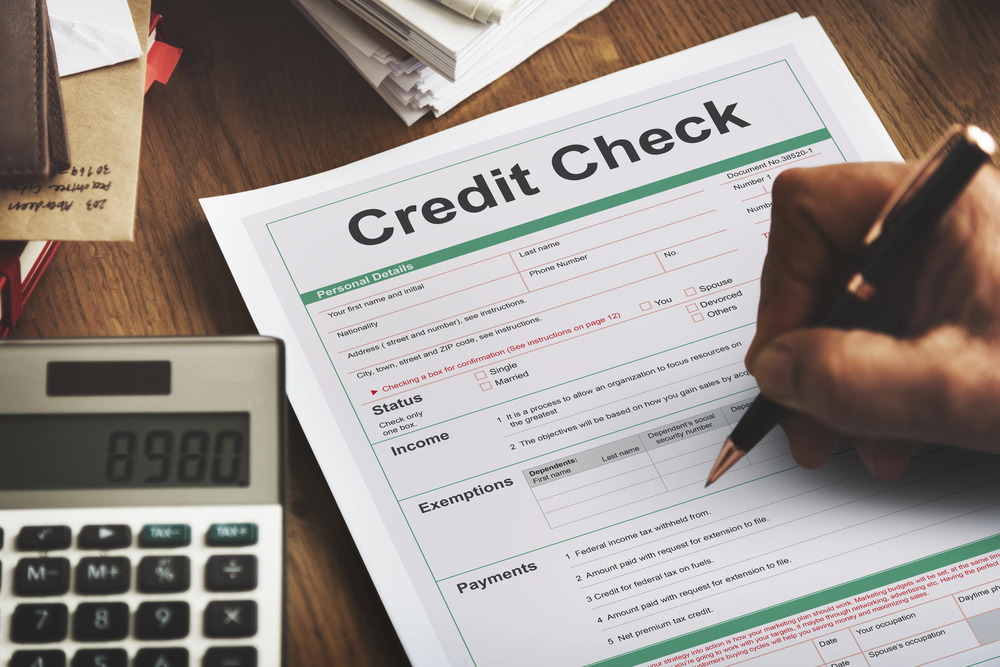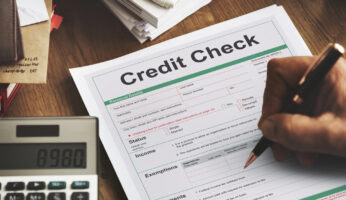In 2025, loan application conditions have changed: banks have raised their standards for assessing borrower reliability, extended the time for reviewing applications, and increasingly respond with a simple “no” without any explanation. The situation is especially frustrating when a person has a stable income, no overdue payments, and all documents were submitted on time. Let’s explore why this happens and what steps can help turn a refusal into approval.

Why Banks May Refuse Silently
Internal Scoring. Decisions are made by algorithms that evaluate hundreds of parameters: credit history, debt load, frequency of applications, and even how quickly you filled out the form. Most banks do not disclose details to prevent making it easier for fraudsters.
Common Reasons for Refusal
- Bad credit history. Delays over 30 days, unpaid debts, forgotten credit cards—all these lower your applicant rating.
- High DTI (debt-to-income ratio). If your monthly payments already consume half of your income, a new loan is almost certainly denied.
- Inaccuracies in the application. Mistakes in name, address, or income lead to automatic refusal.
- Voluntary self-ban. Since January 2025, you can voluntarily enable a loan restriction on the Gosuslugi portal. While active, all banks will refuse your applications.
- Hidden filters. Age, region of residence, employment sector—each bank has its own “red flags” that are not publicly disclosed.
What to Do After a Refusal
Step 1. Check your credit history. You can order a free report from any credit bureau twice a year. Correct any errors and close forgotten debts. This will improve your rating with banks.
Step 2. Remove the self-ban if you set one. On the Gosuslugi portal, disable the service and wait for the database to update (usually within 1–2 days).
Step 3. Assess your debt load. The total of all monthly payments should not exceed 40–50% of your official income. If necessary, pay off small loans.
Step 4. Don’t submit applications in bulk. Multiple applications look suspicious: each new “no” lowers your rating. Give yourself a month or two for “rehabilitation.”
Step 5. Try a different format. A regional bank, a credit card with a small limit, or a payment plan for goods can be a stepping stone: timely payments quickly improve your scoring.
Can You Find Out the Reason for Refusal?
Formally, banks are not required to disclose details, but you have the right to send a written request and receive a general answer: “refusal based on scoring results” or “does not meet program parameters.”
If you suspect discrimination (by age, gender, etc.), file a complaint with the Central Bank of Russia or Rosconsumnadzor—the regulator has more authority and can request justification from the bank.
In Short
Bank algorithms have become stricter, and even a responsible borrower sometimes ends up in the “red zone.” The key is not to react impulsively. Check your history, reduce your debt load, make sure there is no self-ban, and submit your application again—but this time thoughtfully and to the right bank. A transparent financial profile and disciplined behavior almost always lead to the coveted “approved.”













